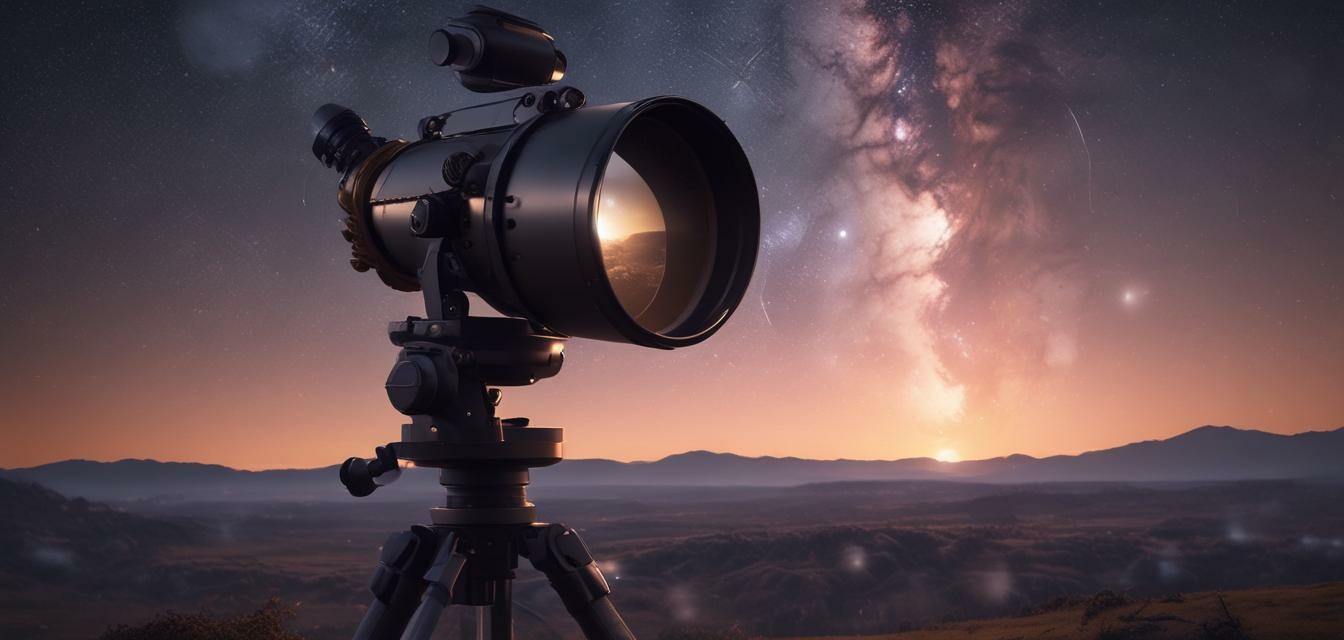
Optimizing Your Viewing Conditions for Best Planet Observation
Key Takeaways
- Choose a location with minimal light pollution for clearer views.
- Consider the phase of the moon; avoid bright moonlight when observing planets.
- Observe during the right season when planets are most visible in the night sky.
- Check weather conditions and aim for clear, stable nights.
When it comes to stargazing, especially for planetary observation, your viewing conditions can significantly impact your experience. Optimizing these conditions will make your time spent under the stars both enjoyable and fruitful. In this article, we will explore how to choose the ideal time and location for the best planetary observation experience, taking into account factors like weather and light pollution.
Importance of Location
Your observation site plays a critical role in the quality of what you see. Here are the factors to consider when selecting a location:
| Factor | Description |
|---|---|
| Light Pollution | Avoid urban areas with bright lights. Seek dark sky locations. |
| Elevation | A higher elevation can provide clearer views of the sky and reduce atmospheric interference. |
| Accessibility | Ensure the location is safe and easy to reach, especially during nighttime. |
| Horizon Obstructions | Choose a location with few obstructions like trees, mountains, or buildings. |
Finding Dark Sky Locations
To get started, consider searching for designated dark sky reserves or parks in your area. These locations are often noted for their low light pollution, making them perfect for observation. You can also check local astronomy clubs that may offer tips on great spots for stargazing.
Understanding the Best Time to Observe Planets
The timing of your observation can be just as important as the location. Here are some tips to determine the best times:
- Season: Some planets are better viewed during specific seasons. Research which planets are visible throughout the year.
- Moon Phase: A bright moon can wash out fainter planets. Aim for nights close to the new moon.
- Time of Night: Planets are often highest in the sky between midnight and dawn.
Tracking Celestial Events
Staying updated on celestial events, such as conjunctions, oppositions, or meteor showers, will enhance your viewing nights. Follow news and trends in astronomy for the latest information.
Checking Weather Conditions
Weather is another significant factor that can affect observation quality. Here are tips for understanding weather patterns:
| Weather Condition | Effect on Observation |
|---|---|
| Clear Skies | Best for seeing planets; aim for nights with no clouds or precipitation. |
| Humidity | High humidity can cause haze, degrading visibility. |
| Wind | Strong winds can cause telescope shake and obscure your view. |
Optimal Weather Apps
Utilize weather apps that provide forecasts specifically for stargazing. Seek out those that show cloud coverage and real-time meteorological data.
Tips for Reducing Light Pollution
If you cannot completely escape light pollution, here are some strategies to manage it:
- Use a Red Filter: Red filters for your telescope can help combat harsh lighting.
- Positioning: Face away from light sources and find areas with less artificial light.
- Time of Day: The best viewing often occurs after sunset and before dawn.
Conclusion
By understanding the importance of location, timing, and weather conditions, you can significantly enhance your planetary viewing experience. Keep these tips in mind as you prepare for your next stargazing adventure. For more tips on telescope use and maintenance, check out our Tips and Tricks category to elevate your skills and enjoyment.
Pros
- Optimized conditions lead to clearer and more enjoyable observations.
- Knowledge of celestial events can maximize your viewing experience.
- Reduced light pollution enhances visibility of celestial objects.
Cons
- Finding ideal locations may require travel and planning.
- Weather conditions can be unpredictable.
- Light pollution can be challenging to escape in urban settings.